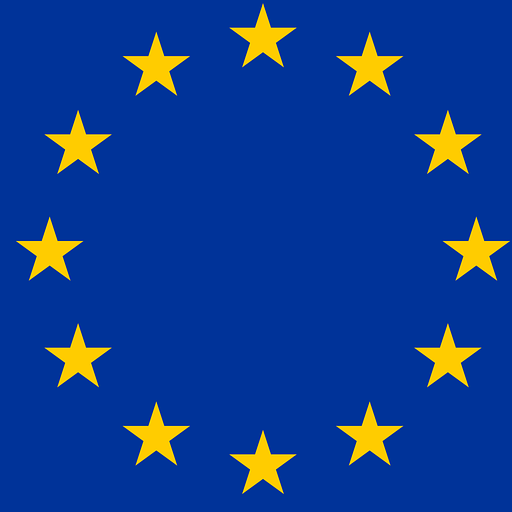The EU Justice Scoreboard: more effective justice in the EU?

On March 9, the European Commission has presented the 2015 Justice Scoreboard, an information tool that monitors national justice systems developed and managed by DG Justice. This year marked the third edition of the Scoreboard, which was created in 2013 with the aim to assist EU institutions and Member States in achieving ‘more effective justice’. Efficiency of the justice systems is considered crucial, on the one hand, to restore economic growth and foster competitiveness, and on the other, to preserve and promote the rule of law as a value common to the EU and the Member States. In particular, it is underlined how national justice systems have a key role in applying EU law and guaranteeing its effectiveness: for this reason, “shortcomings in the national justice systems are … not only a problem for a particular Member State, but can affect the functioning of the Single Market and, more generally, the whole EU”.
The EU Justice Scoreboard contributes to these aims by offering a comparative overview of the situation of the justice systems in all the 28 Members States. It contains a very wide range of indicators, divided in three main categories: a) efficiency, b) quality of the justice systems, and c) independence of the judiciary. Most data are collected on behalf of the Commission by the Council of Europe Commission for the Evaluation of the Efficiency of Justice (CEPEJ): a questionnaire is sent to competent national authorities and completed by them, with the data available at national level. Other data are taken from other international organizations, such as the World Bank, Eurostat, and experts. On the basis of the findings of the Scoreboard, in the context of the European Semester, the Commission can elaborate non-binding, country-specific recommendations in the area of justice, to be issued by the Council and applied through dialogue with the member state concerned. In 2014, the Council sent twelve of these recommendations and the Commission noticed how all Member States concerned are now engaged in projects of reform of their justice systems. European Structural and Investment Funds (ESI Funds) can also provide support to reforms. In 2015, for the first time the Commission has tried to identify possible trends in the functioning of the system, and underlined that a generally positive trend seems to emerge: as underlined by Vera Jourova, the new EU Commissioner for Justice, “although reaping the benefits of structural reforms takes time, we can see signs of improvement” in national justice systems.
The Justice Scoreboard can over time evolve in a valuable, flexible tool in the hands of the Commission. An interesting, and perhaps positive aspect of the mechanism is that it does not lead to a final ranking of the justice systems of the Member States, distinguishing between “bad” and “good” members, but it stops at a first level of comparison, leaving more discretion to the Commission in the formulation of its recommendations, that should always take into account the existing diversity of the justice systems and their specific characteristics. Rather than “naming and shaming”, it offers the basis for constructive dialogue between EU institutions, Member States and stakeholders.
However, it should be underlined that much still needs to be improved. First and foremost, data gaps remain significant and the methodologies used at national level to collect data differ to a great extent, questioning the viability of true comparisons between systems and the possibility to identify overall trends. The Commission has already recognized the issue and will address it in the next editions. Moreover, the focus on economic growth should be complemented with more attention to aspects related to the protection of individual fundamental rights and in general to the rule of law as a common European value. Over the years, the Scoreboard could also expand to criminal systems, today largely excluded from the monitoring activity, the effectiveness of which is crucial for the functioning of EU law instruments such as the European Arrest Warrant. Finally, attention should be given to measuring the effects of the Council’s recommendations, in order to understand whether they have concrete effects in practice.
To summarize, the potential of the Justice Scoreboard as a powerful information tool is clear, but the Commission needs to further develop its functioning, both for what concerns the collection and comparison of data and for the follow-up phase, in order to make it a viable instrument to achieve “more effective justice” in the EU legal order.
